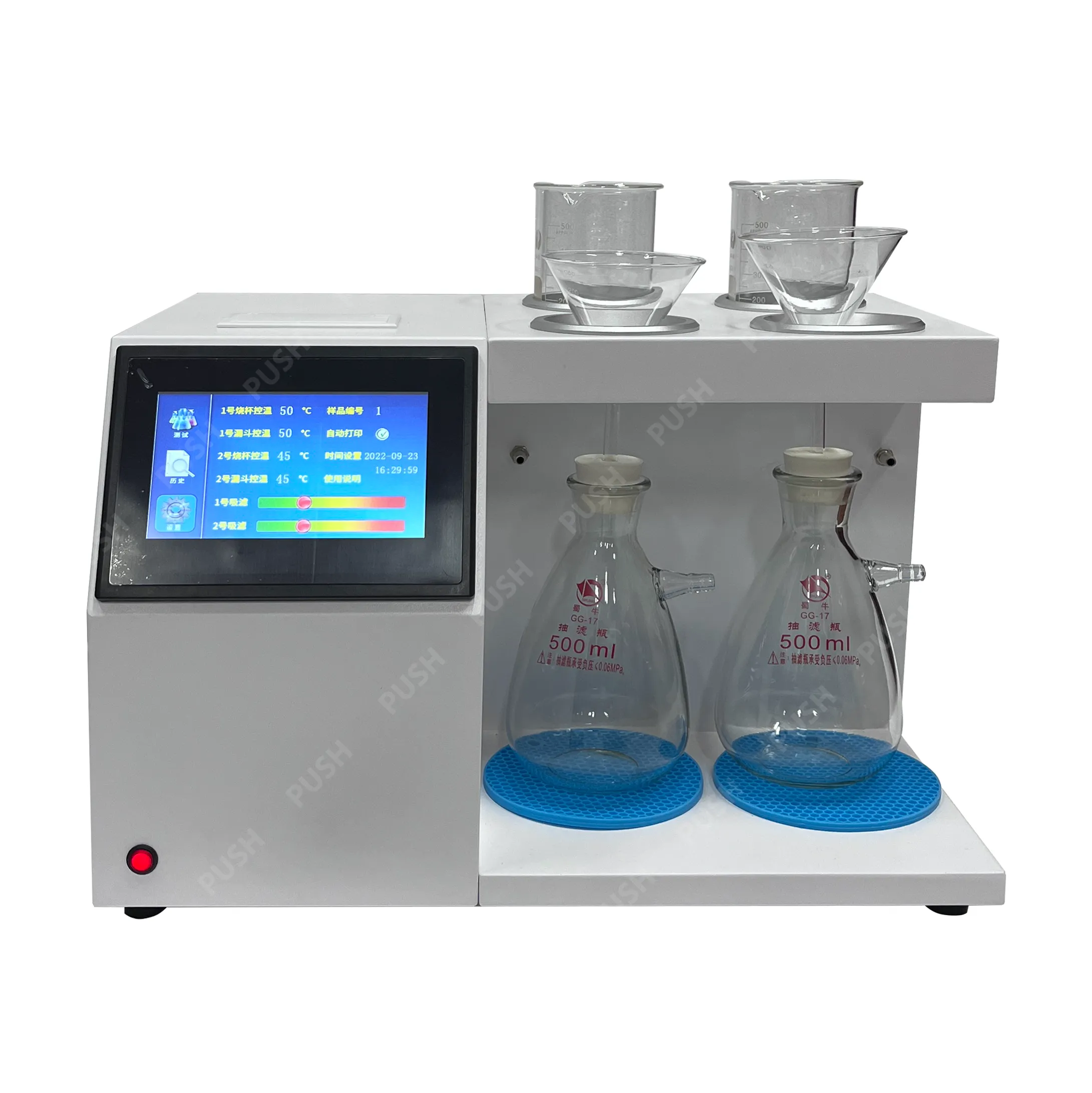 English
English


Advanced Interfacial Rheometer - Precision in Interface Studies
Understanding the Interfacial Rheometer An Essential Tool in Material Science
The interfacial rheometer is an advanced instrument utilized in material science to measure the rheological properties of materials at interfaces, especially those that involve liquids and gases or different liquids. With the increasing demand for innovative materials in industries such as food, cosmetics, and pharmaceuticals, the interfacial rheometer plays a crucial role in characterizing the behavior of complex formulations at the molecular level.
What is an Interfacial Rheometer?
At its core, an interfacial rheometer is designed to study the flow and deformation of materials at interfaces, which are critical in understanding phenomena such as emulsification, foaming, and adhesion. This device operates on principles similar to that of traditional rheometers, but it focuses on the unique characteristics and behaviors of interfacial layers. This includes the measurement of surface tension and interfacial viscosity, providing insights into the stability and performance of emulsions and foams.
The Importance of Interfacial Properties
The properties of interfaces significantly affect the overall behavior of multi-phase systems. For example, in food products, the stability of emulsions—such as mayonnaise or salad dressings—depends heavily on the interfacial tension between oil and water. An interfacial rheometer allows researchers and manufacturers to optimize formulations by characterizing how ingredients interact at these interfaces.
In the cosmetic industry, the stability and texture of creams and lotions are critical for consumer acceptance. Here, the interfacial rheometer can help improve the performance of emulsifiers by providing detailed information about how they reduce interfacial tension and increase the stability of products. Through precise measurements, manufacturers can ensure that their products maintain desirable qualities throughout their shelf life.
interfacial rheometer

Applications in Research and Industry
Interfacial rheometers have broad applications in various fields. In pharmaceuticals, they are used to study the behavior of drug formulations, especially in understanding how active ingredients interact with a carrier, which can significantly affect drug delivery systems. In coatings and adhesives, analyzing interfacial properties aids in the development of products that adhere well to surfaces under various conditions.
Additionally, in the realm of environmental science, interfacial rheology can be crucial for studying phenomena such as oil spills, where understanding the behavior of oil-water interfaces can lead to better cleanup strategies.
Technological Advances
Recent advancements in technology have improved the capabilities of interfacial rheometers. Modern devices are often equipped with sophisticated sensors and software that provide real-time data analysis, allowing for more accurate and reliable measurements. Moreover, the integration of automation and artificial intelligence into the rheological testing process has streamlined workflows and enhanced the precision of results.
Conclusion
In conclusion, the interfacial rheometer is an indispensable tool in the study and application of materials science. By providing valuable insights into the complex behavior of materials at interfaces, it enables researchers and manufacturers to develop more effective and stable products across various industries. As technology continues to advance, the capabilities of interfacial rheometers will undoubtedly expand, leading to further innovations in formulation science and material engineering. The future holds great promise for this essential instrument, paving the way for the next generation of high-performance materials.
-
Differences between open cup flash point tester and closed cup flash point testerNewsOct.31,2024
-
The Reliable Load Tap ChangerNewsOct.23,2024
-
The Essential Guide to Hipot TestersNewsOct.23,2024
-
The Digital Insulation TesterNewsOct.23,2024
-
The Best Earth Loop Impedance Tester for SaleNewsOct.23,2024
-
Tan Delta Tester--The Essential Tool for Electrical Insulation TestingNewsOct.23,2024





